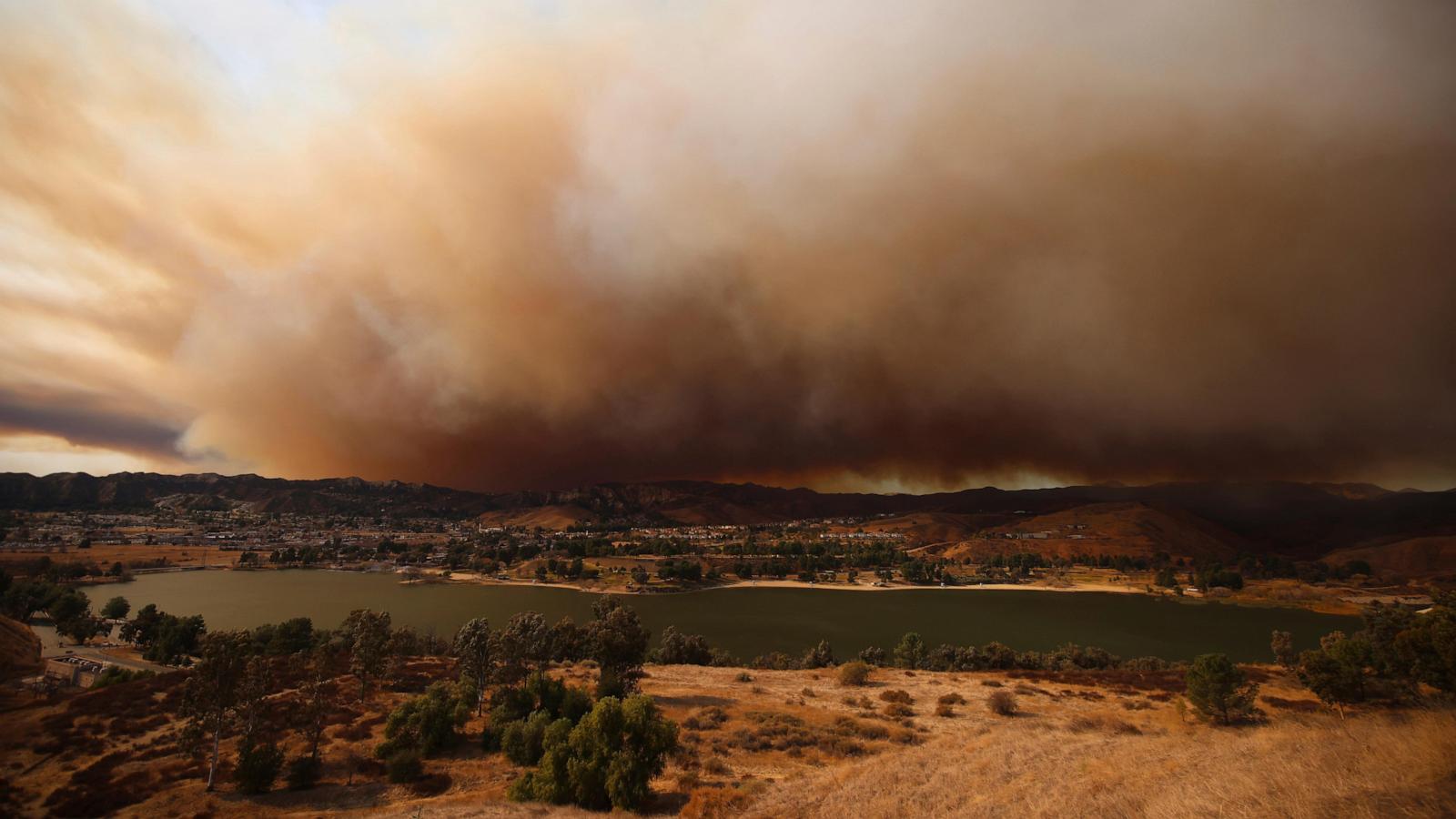Are Wildfire Ashes Harmful to Children? A Comprehensive Guide for Parents
Wildfires are raging across various parts of the world, leaving behind a trail of destruction and raising serious concerns about the health of our children. The toxic ash from these fires poses a significant risk to children's well-being, as their developing bodies are more susceptible to harmful substances than those of adults. Let's explore the dangers these ashes present and learn how we can protect our kids.
Understanding the Dangers of Wildfire Ash
Wildfire ash isn't just soot and burnt debris; it's a complex mixture of harmful substances released during the combustion of homes, vehicles, and various materials. The toxins found within this ash include heavy metals like lead, pesticides, asbestos, and plastics – all known hazards to human health, especially in developing children. These elements linger long after the flames are extinguished, creating an ongoing risk of exposure.
Toxic Ingredients of Wildfire Ash
The dangers of wildfire ash are multifaceted. It's not simply burnt organic matter but rather a cocktail of toxins that make up a toxic soup, potentially impacting both the immediate and long-term health of children. Key hazardous elements include:
- Heavy Metals: Lead and other heavy metals pose developmental and neurological risks to children, even in small quantities.
- Asbestos: Exposure to asbestos fibers can lead to severe respiratory diseases.
- Pesticides: Residue from incinerated pesticides can cause acute and chronic illnesses.
- Plastics: These are notorious for the release of harmful chemicals into the air and environment and can stay toxic for extended periods.
Protecting Your Child from Wildfire Ash Exposure
Minimizing your children’s exposure to wildfire ash is paramount. Here's a breakdown of steps you can take:
Immediate Actions
When wildfire ash is present:
- Stay Indoors: Keep children inside as much as possible to minimize their exposure to toxic ash particles. Ensure the windows and doors are sealed tight to reduce air infiltration. Consider the use of HEPA air filters for further protection.
- Limit Outdoor Activities: Postpone outdoor play, sports, and any other outdoor activities when wildfire ash is present.
- Clothing: Have children wear long pants and long-sleeved shirts, covering as much of their skin as possible to reduce direct contact with the ash. Wash their clothes promptly and often.
- Hygiene: Make it a habit to wash their hands frequently throughout the day to prevent the accidental ingestion of contaminated ash through hand-to-mouth activities.
Monitoring Health and Symptoms
Pay close attention to children’s symptoms after potential ash exposure. Consult your pediatrician without delay if you observe the following in your child:
- Respiratory issues such as wheezing, coughing, or shortness of breath.
- Eye, skin, or throat irritation.
- Fatigue, headache or nausea.
School Safety and Wildfire Ash
In situations where schools are near fire-damaged areas, proactive measures are crucial. Parent's should:
Advocate for Safe School Conditions
Stay engaged and advocate for your child's safety by keeping a watchful eye on school-issued communications and actively engage in school safety discussions, asking vital questions about:
- Cleaning protocols for indoor and outdoor spaces.
- Testing and analysis of air quality inside and outside the school premises.
- Provision of masks and water filters.
- Temporary relocation if necessary.
The Long-Term Effects: Uncertainty and Research
We lack a complete picture of the long-term health repercussions of substantial exposure to urban wildfire ash. However, studies suggest possible links between such exposure to conditions like cardiovascular and respiratory diseases. Further research is desperately needed to ascertain the comprehensive effects.
Ongoing Concerns
While schools are generally taking appropriate action, it's important to be aware that the cleanup is often a long process, and the long-term consequences of wildfire toxins aren't completely understood.
Take Away Points
- Wildfire ash contains hazardous toxins like heavy metals, asbestos, and pesticides. Children are particularly susceptible to these toxins.
- Minimize exposure by keeping children indoors and limiting outdoor time during periods of significant ash presence. Monitor their health and seek immediate medical help if you notice symptoms of illness.
- Engage with school officials to ensure effective cleaning, air quality testing and other appropriate steps are taken to make sure that the school is safe for your children.
- Support continued research to clarify the long-term health risks linked to wildfire ash exposure and to further improve the safety protocols needed to mitigate the consequences of increasingly frequent wildfires.




